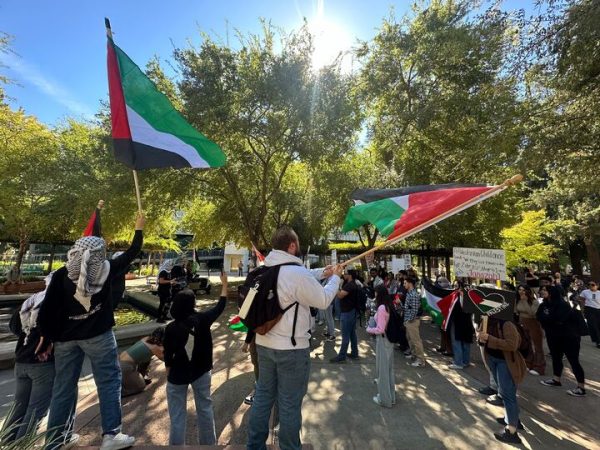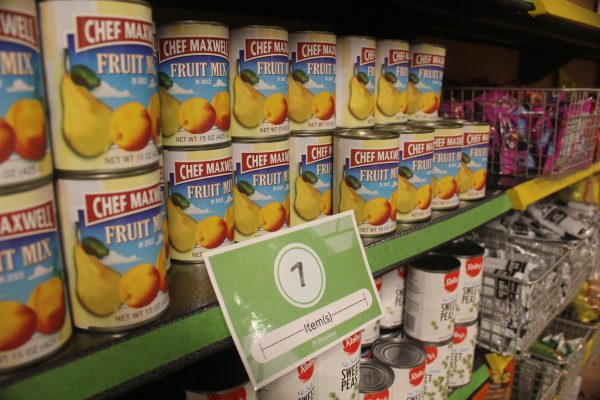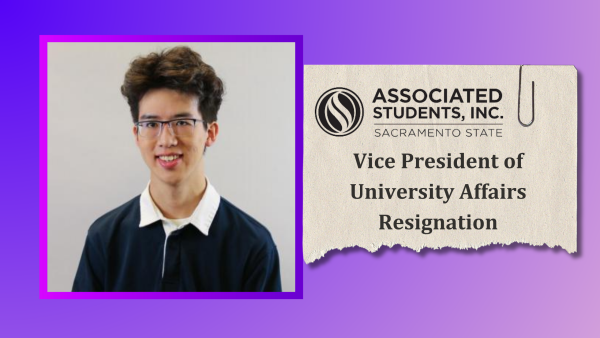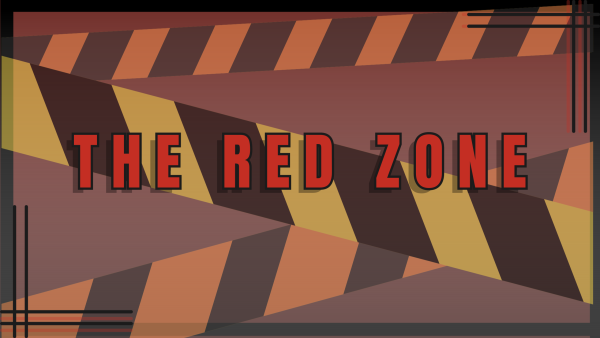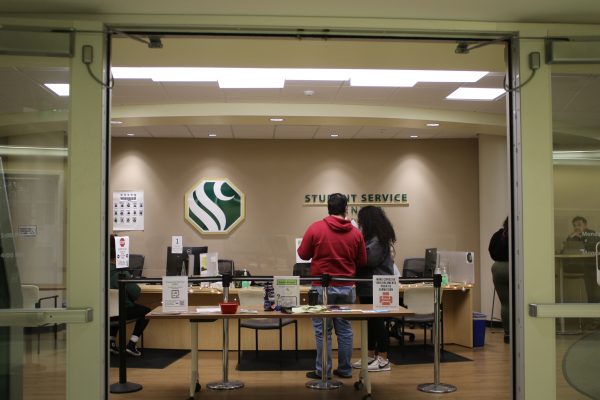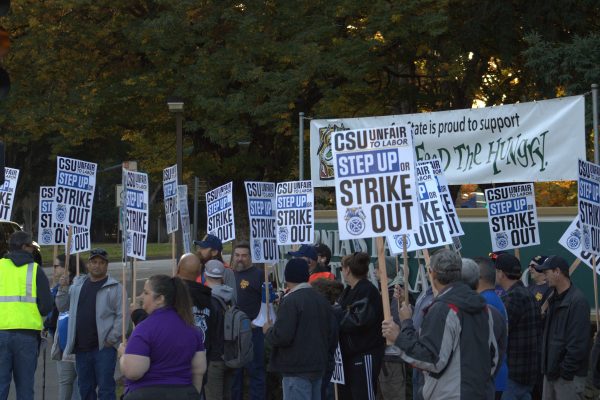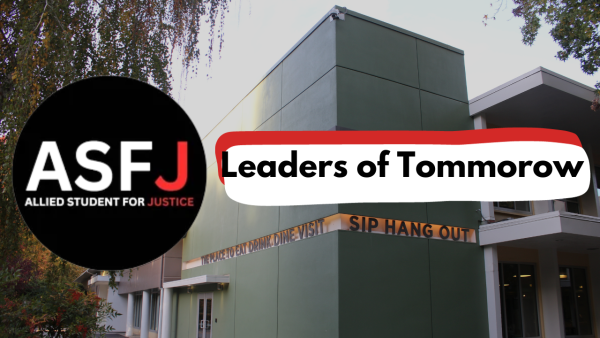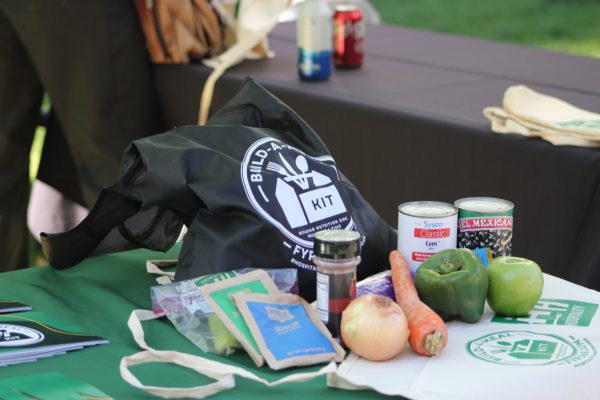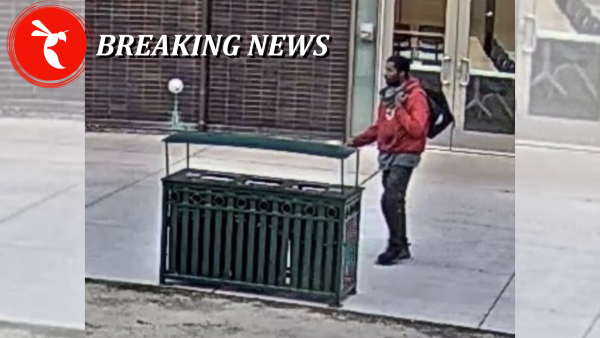ROTC preps students to lead
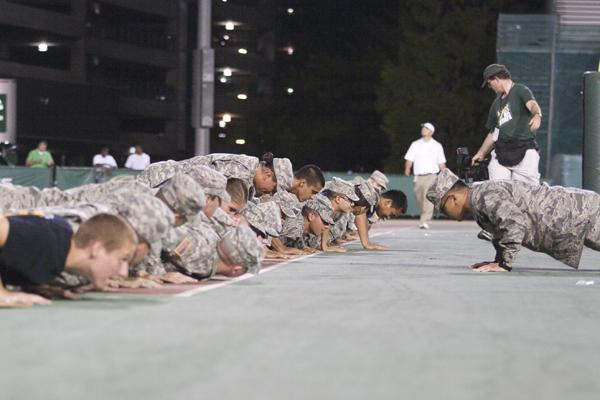
Members of Detachment 88, Sacramento State’s AIr Force ROTC, perform push-ups after the Hornets scored a touchdown against the Sioux on Saturday in Hornet Stadium.
October 3, 2012
The Army and Air Force Reserve Officer Training Corps (ROTC) at Sacramento State program combines education with military leadership to produce officers in the United States military.
The Army ROTC program is led by department chair Capt. Matthew Suhar. The cadets are instructed by retired Master Sgt. Michael Heple, retired Master Sgt. Danny Dawson and Sgt. 1st Class Carlos Ramirez. Suhar overlooks the program and leaves the training to his noncommissioned of- ficers.
The Air Force ROTC is led by department chair Lt. Col. Richard Aaron and assistant professor of aerospace studies Capt. Justin Barrett. The instructors consist of Tech Sgt. Michael Pritchett and
Staff Sgt. Erik Shinkle. Barrett leaves the training to his noncommissioned officers so they can get their perspective, since the cadets will work side by side with them as Air Force officers.
“Our primary focus is academics,” said Barrett about the Air Force ROTC.
The Army’s military science classes are designed to prepare their cadets to succeed in college and the career they choose in the Army. The program can take anywhere from two to five years, but they focus on a four year program. If it takes a cadet longer to graduate or the cadets are in a major that takes more than four years to complete, the program is flexible.
The Air Force cadets must commit to the program for five hours per week. One of those hours deals with academics only. Each semester, the cadets must sit down with the instructors to ensure they are still on the right path to graduate. The program requires the cadets to be in the program a minimum of three years and the first two years are non-committed.
Both ROTC programs offer scholarships that pay for tuition, books and other school-related expenses including extra spending money.
The programs do cross-training leadership labs. In these labs cadets learn leadership traits and skills from different perspectives. The Air Force cadets learn leadership development, military skills and career training from the Army instructors and vice-versa. They may work together during the leadership labs, but become rivals during the Commanders Cup.
The Commanders Cup is a tournament in which the Army and Air Force cadets face off in differ- ent sporting events.
One of the biggest misconceptions about the ROTC is that they are only about the military.
“The ROTC isn’t only involved in military events,” said Barrett. “The cadets are involved with the community.”
ROTC cadets volunteer for community events. A past event they participated in was the Capital City Air Show at Mather Airport. The Color Guard also volunteers at different community events.
At the end of the spring semester, nine cadets will be commissioned to second lieutenant by the Army ROTC, and the Air Force ROTC will commission 18 to second lieutenant by June.
Lt. Alicia Bookman, a Sac State sociology major alumna, who is currently the admissions officer
for the Air Force ROTC at Sac State, was interested in the military, but wanted to attend college as well.
Bookman found out about the program during her freshman year and decided to join the Air Force ROTC.
“Try it and see if you like it,” Bookman said for students interested in the ROTC. “(It’s a) good way to get your feet wet.”
The training and knowledge the cadets will take away from the program is going to make them better people and citizens for America said Barrett and Suhar.
“The cadets are going to be the face of the Army (and Air Force),” said Suhar.
Miguel Lopez can be reached at [email protected]
































































































































